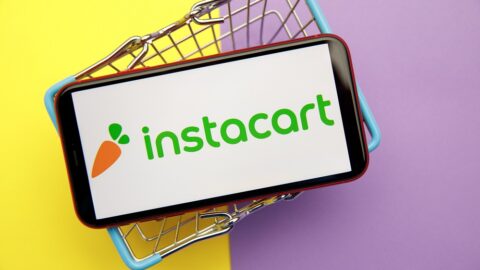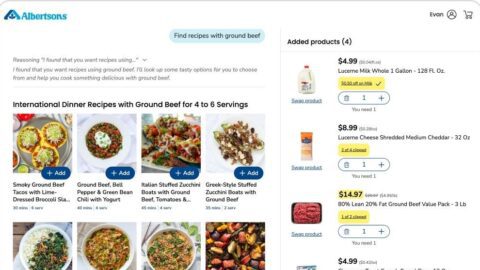While physical expansion opportunities may seem obsolete for many retailers, the need to drive growth and revenue continues to pressure the increasingly competitive marketplace. As part of its Strategic Outlook Conference series, Kantar Retail brought several turnkey presentations to New York City this week, offering retailers tactical measurements that are central to driving growth.
While consumer insights have long been a key piece of the retail pie, the Kantar Retail analysts presented a breadth of information that retailers must consider as part of their overall marketing strategies. Senior Economist Frank Badillo opened the conference with his presentation, “Finding the Levers for Retail Growth: An Economic Approach.” In 2009, Kantar Retail forecasted a recovery that would build quarter-by-quarter in 2010, and sales recovered even stronger than anticipated. This, Badillo said, was driven by “stronger-than-expected economic stimulus and pent-up demand” for various retail products.
“There are sufficient signs that the job market is on the road to recovery, but sales growth will be hurt by price comparison in the market,” Badillo said.
Competitive differentiation is a growing necessity. While the holiday forecast puts annual 2010 growth slightly above the initial 3.3% initial forecast, Kantar Retail’s preliminary forecast is that 2011 growth will be in the 2.5% to 3% range.
The Price War is On!
Customers are becoming increasingly empowered through price comparison devices and applications that make them smarter shoppers, and retailers are up against giants like Walmart when it comes to pricing. The solution? To innovate in other areas — and give customers a winning experience that outweighs the price concern. “Retailers must think smaller [conceptually] and develop more niche concepts to supplement their stores,” said Lois Huff, SVP, Kantar Retail.
Huff’s presentation, “Expanding Horizons: Forward-Looking Consumer & Shopper Opportunities,” cautioned retailers that “shift happens,” and that while populations and consumer profiles may change, retailers should think about shifting from “discovering to determining.”
Smartphone users are 20 times more likely to use their phones for comparison, Huff said, and older generations, which are not as technologically inclined, are being phased out by a digital generation that’s increasingly tech-savvy. “More intuitive technologies are changing how consumers acquire and analyze information to give better advices and make recommendations,” Huff said.
While consumers are increasingly value-sensitive, product packaging is also important. Huff pointed to ShopperScape research that found nearly 40% of consumers surveyed will pay more for products that are packaged in a way to reduce waste or with materials that are recyclable.
Huff offered the “5 I’s of Future Shopping:”
- Informed– Consumers are given increased access and transparency into all the information they need to be smarter shoppers;
- Intuitive- With immediate technologies, consumers demand an effortless and context-less experience;
- Involved- Similar to the social media experience, consumers seek real ways to engage with retail brands, both in store and online;
- Interactive- Huff applauded retailers that get customers involved to provide feedback and opinions, as customers increasingly look for a forum to raise their hands;
- Individualized- It’s no secret that targeted, relevant offers are a must. Customers have to feel that retailers are in touch with their individual needs and preferences.
A New Era of Retail: Service & The Changing Landscape
Service was also emphasized as a competitive differentiator by SVP of Retail Insights, John Rand. “Labor is not a cost,” he said. “It’s an opportunity…Next to capital expenses, the first response of retailers to a tight economy is to look at labor. Cut labor and make more money, right?”
While it may seem counter-intuitive, Rand said increased labor drives increased sales. He pointed to retailers like Wegman’s and Ahold, which are winning at the service level, and seeing the results in sales.
SVP Mary Brett Whitfield, added that market segmentation, localization and clustering are concepts that retailers are exploring to extend offers to customers and increase the number of shopping trips. She pointed to the Gilt Groupe as an example of a retailer that expands beyond sample sales to offer an enhanced, VIP-like experience. “Newer retailers will look to this model to drive growth,” she said.
Whitfield focused on the need to respond to the increase of “bi-purification” of shopping approaches, and the changing psychology of shopping, by which integrated purchasing, like site- to-store offers, can help create an additional competitive differentiator.
While Walmart’s site-to-store offering comprises 40% of all online orders, Kohl’s has integrated kiosks into its stores to offer an alternative to out of stocks or merchandise that’s not available in stores. “[Innovations like these] have the potential to rapidly change the nature of retail competition,” Whitfield said.












